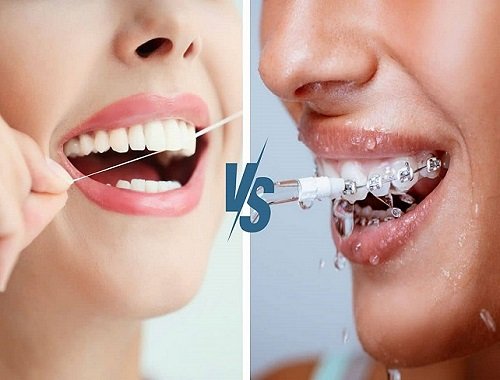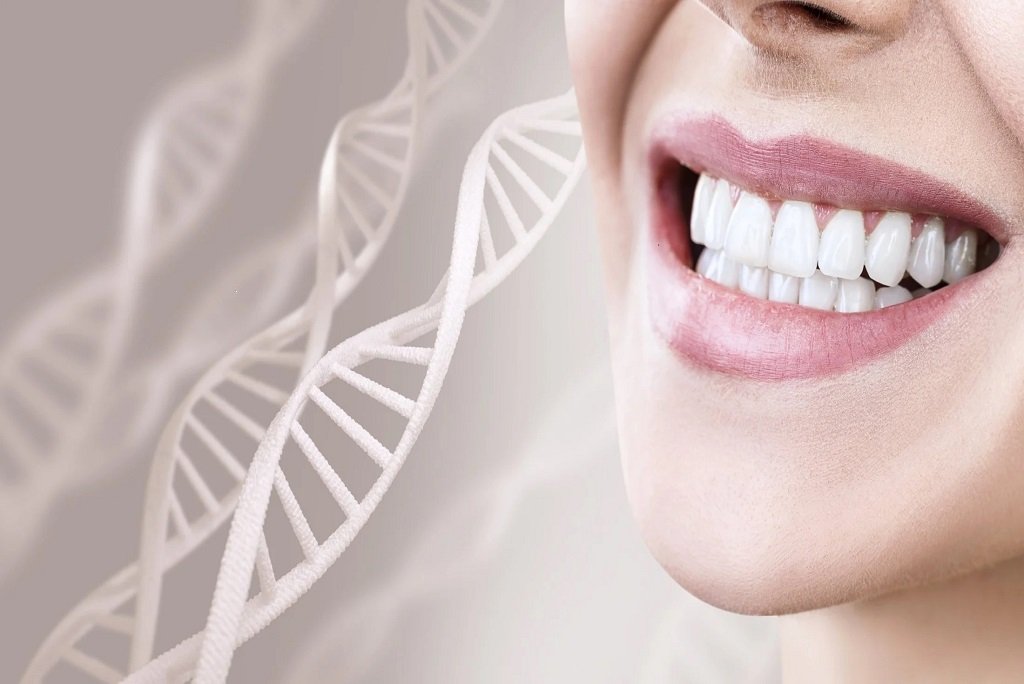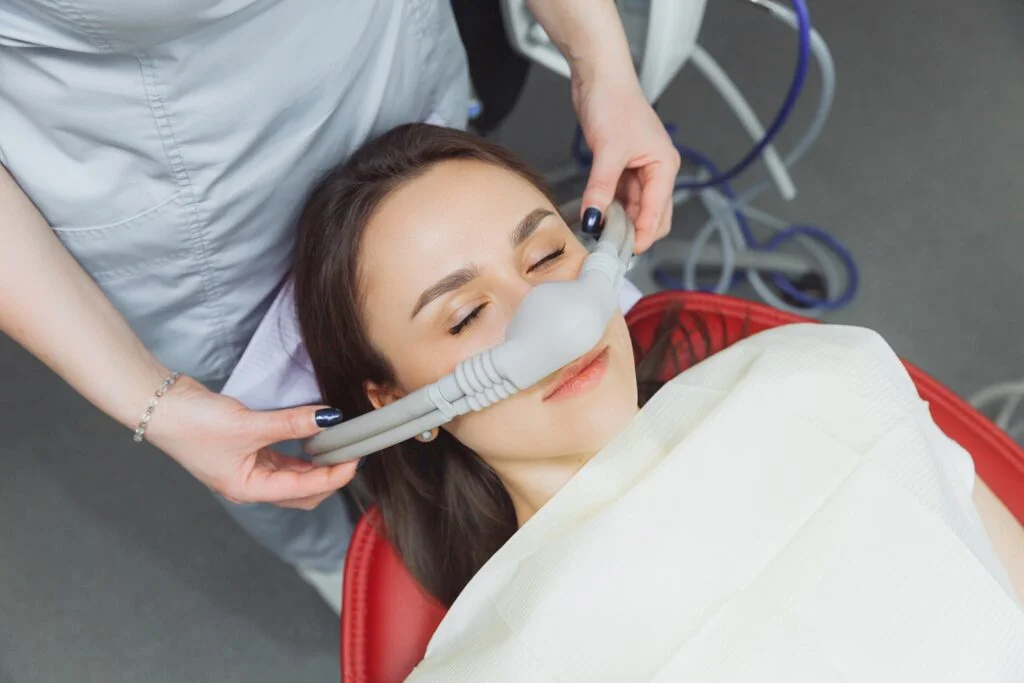Traditional Floss vs. Water Floss: Which One’s Right for You?
When it comes to maintaining good oral hygiene, most of us are familiar with the golden rule: brush twice a day. But there’s another essential part of the routine that often gets overlooked or skipped altogether is flossing.
Let’s face it: flossing isn’t anyone’s favorite pastime. Whether it’s the awkward string manoeuvring or the guilt of remembering you haven’t done it in weeks, flossing has a bit of a PR problem. Enter the new contender: water flossers, the high-tech, gentle-on-the-gums alternative.
So, what’s the real deal? Should you switch? Is one better than the other? Let’s break it down and answer some of the most common questions.
First, Why Is Flossing So Important?
Before we get into the battle of water vs. string, let’s remind ourselves why we floss in the first place.
Brushing your teeth cleans only about 60% of the tooth surface. The other 40% are those tight spaces between your teeth and under the gumline which need a little extra help. That’s where flossing comes in.
Flossing:
Removes food particles and plaque from between teeth
Prevents gum disease (gingivitis and periodontitis)
Helps fight bad breath
Reduces the risk of tooth decay in hard-to-reach areas
Bottom line? Flossing isn’t optional, it’s essential.
What Is Traditional Floss?
Traditional dental floss is a thin piece of nylon or Teflon string. It’s inexpensive, portable, and effective when used correctly. It requires you to manually insert the floss between each pair of teeth, form a C-shape around the tooth, and gently rub up and down.
Pros:
Excellent plaque removal when used properly
Affordable and accessible
Great for tight contacts between teeth
Cons:
Can be difficult for people with limited dexterity (e.g., arthritis)
Time-consuming for some
What Is a Water Flosser?
Water flossers (also called oral irrigators or by brand names like Waterpik) use a stream of pulsating water to dislodge food and plaque between teeth and along the gumline.
Pros:
Easy to use, especially for those with braces, bridges, implants, or dexterity issues
Gentle on gums
Can reach deep into gum pockets
Cons:
More expensive than string floss
Requires electricity or batteries and water
Less effective at scraping plaque off tight tooth surfaces
Water Floss vs. Traditional Floss: Which Is Better?
The American Dental Association (ADA) has approved both methods as effective. But they both work differently.
Traditional floss is slightly better at physically removing sticky plaque from between teeth.
Water flossers are better at flushing out food debris and reducing gum inflammation, especially around orthodontic appliances or in people with gum disease.
Best-case scenario? Use both! But if you had to choose:
Go with string floss if your gums are healthy, and you don’t have complex dental work.
Go with a water flosser if you have braces, implants, crowns, bridges, gum sensitivity, or trouble using string.
Lets answer a few popular FAQs about flossing:
1. Can I just brush my teeth and skip flossing?
Nope. Brushing alone doesn’t reach the areas between your teeth or under the gumline where plaque hides. Skipping flossing means you're missing a big part of the cleaning process.
2. Is water flossing enough on its own?
For some people, yes. Especially if you have advanced gum disease or can't use string floss effectively. But for healthy individuals, manual flossing still gives the best mechanical cleaning between teeth.
3. Should I floss before or after brushing?
Either is fine, as long as you do it daily. However, flossing before brushing may be slightly more effective because it loosens plaque and debris so your toothpaste can reach more surfaces.
4. Is bleeding during flossing normal?
Occasional bleeding can happen, especially if you're new to flossing or haven’t done it in a while. But persistent bleeding could be a sign of gum disease. If so, it is time to visit your dentist.
5. How often should I floss?
Once a day. Every day. No exceptions.
Flossing isn’t about choosing the "best" method, it’s about choosing the method you’ll actually stick to. Whether you’re team string or team splash, what matters most is consistency. If you’re struggling with string floss, a water flosser might just be the game-changer you need to finally make flossing part of your daily routine. Remember, your toothbrush is only part of the story. Flossing,whether by hand or water, is the supporting act that helps your oral hygiene routine shine.












